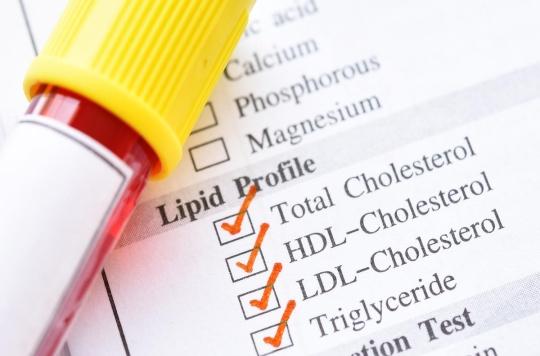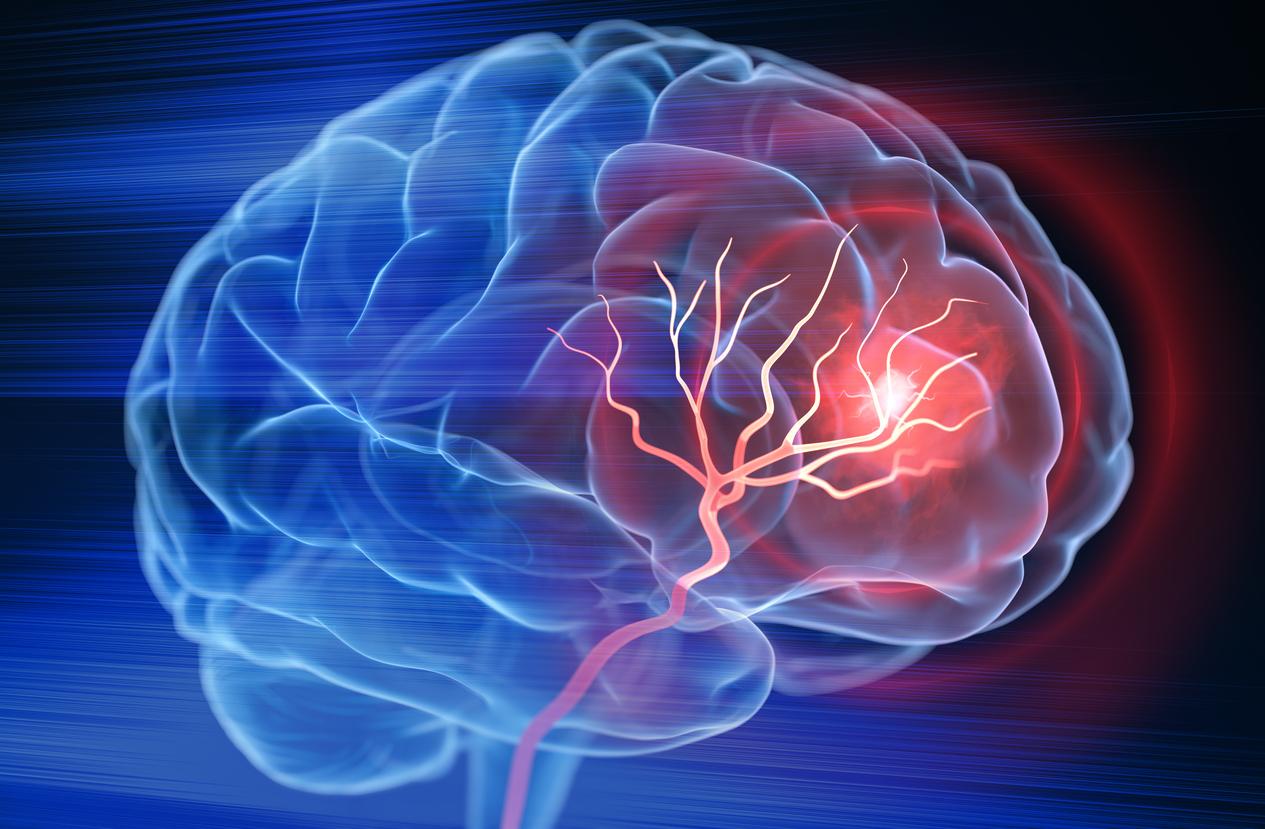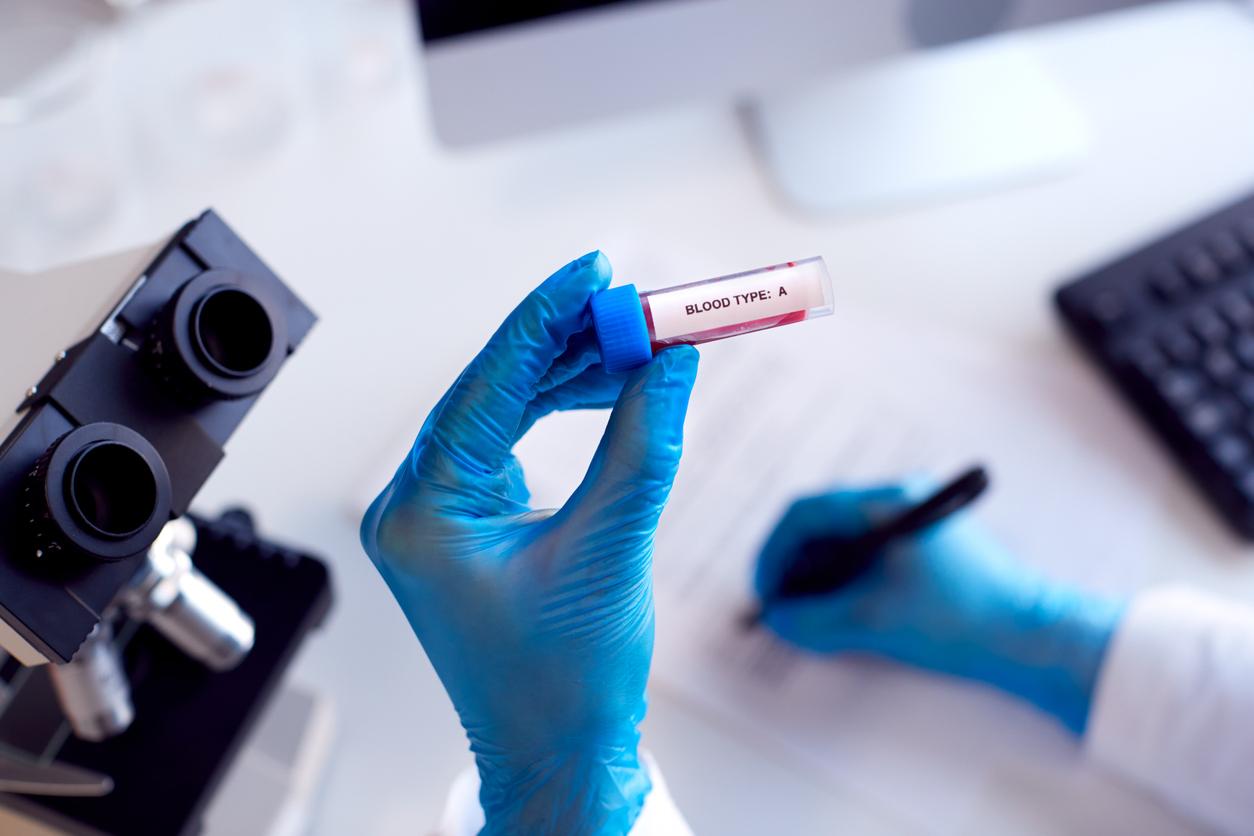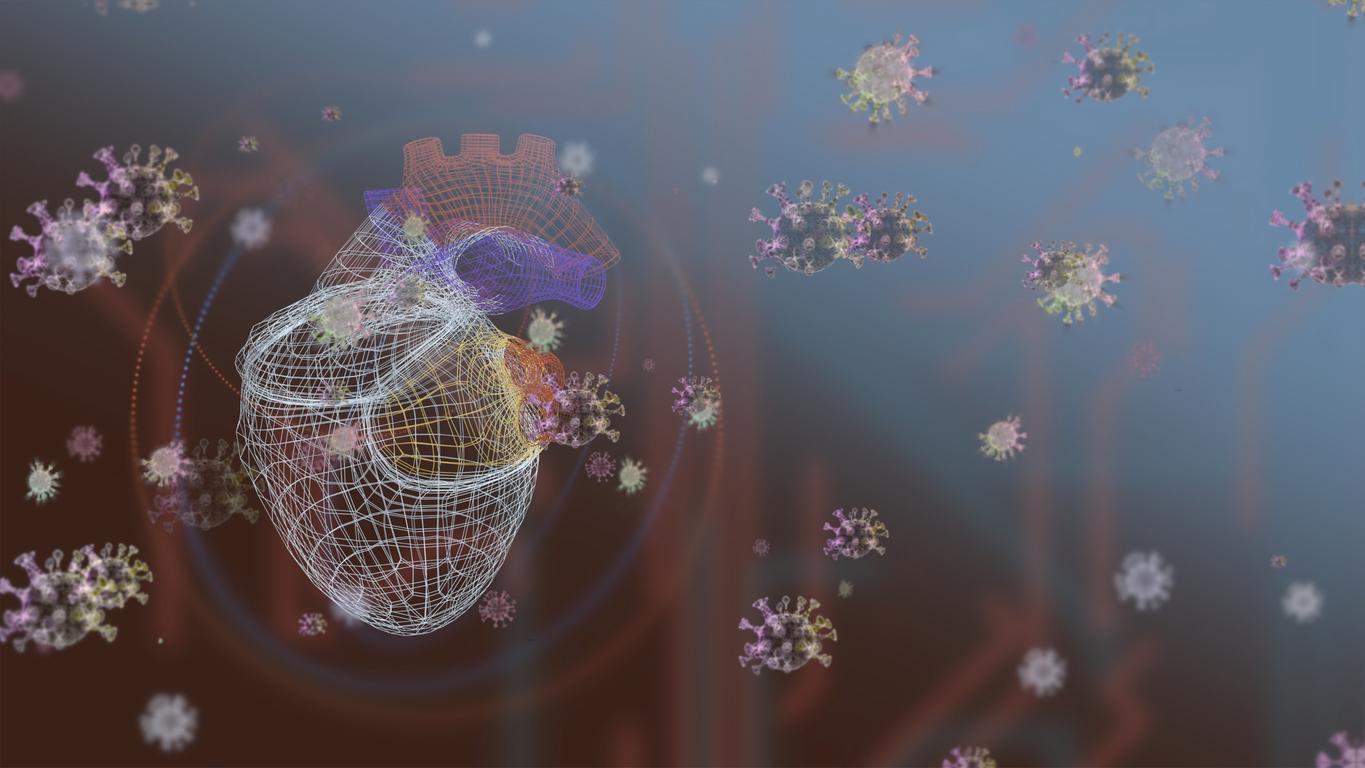A cholesterol level that is too high generates the formation of plaques in the arteries, which are themselves implicated in various cardiovascular pathologies. Here is how to limit this phenomenon.

- In France, 9% of adults follow a treatment against cholesterol.
- Cholesterol is responsible for one in two heart attacks.
Nearly 20% of French people have a rate of “Wrong cholesterol” too high. This means that their LDL-cholesterol level is greater than 1.6 mg/L. of low density, called LDL. The first make up the “Well cholesterol”, because they prevent the formation of plaques on the walls of the arteries, and the latter constitute the bad. Their role in the body is quite the opposite: they will promote the formation of these atherosclerotic plaques. These increase the risk of cardiovascular disease, but changing certain habits can reduce it.
How to spot hypercholesterolemia?
For some people, the threshold of 1.6 mg/L of bad cholesterol is lowered: this depends on age, body mass index, history and pre-existing risk factors, such as diabetes mellitus. example. This level is measured during a lipid assessment, carried out through a blood test. This examination is recommended from the age of 50 for men or 60 for women, and also before taking a hormonal contraceptive.
What are the potential complications ?
There are eight main complications related to high cholesterol. First, arterial hypertension: because of the plaques formed on the walls of the arteries, the blood circulates less well and the blood pressure becomes higher. But atherosclerotic plaques are also responsible for coronary artery disease and can lead to heart failure. Some people are sometimes affected by angina pectoris, also caused by the plaques, which reduce the circulation of blood to the heart. These circulation disorders can be the cause of a heart attack. In some cases, atherosclerosis creates a sudden crack in plaque in the artery, which then forms a clot that will prevent blood flow. When this clot finds itself in a carotid artery, it causes a stroke.
The formation of plaques in the arteries has consequences for the whole body, so the people concerned may have difficulty moving because of leg pain: we speak of peripheral arterial disease, linked to a lack of oxygenation of the muscles. of the leg. The kidneys are also part of the organs affected by hypercholesterolemia. Finally, too high a bad cholesterol level is associated with a higher risk of Alzheimer’s disease. Several studies have shown that it can contribute to the early development of the disease.
How to prevent these complications?
To act against the consequences of hypercholesterolemia, you must reduce your cholesterol level. This sometimes involves drug treatments, but above all changes in lifestyle. Dietary habits must be changed to reduce the intake of saturated fatty acids, contained in cold cuts, butter, prepared meals, etc. At the same time, the consumption of fruits and vegetables must be increased, such as those of omega-3, present in particular in nuts and fatty fish. Physical activity and the fight against a sedentary lifestyle are also part of the new habits that help reduce cholesterol levels.

.

















